Looking for pictures of foundation problems? If so, don’t hit that back button because you’ve landed on the right page. We’ve got a big gallery of foundation problem pictures, how to spot the most common signs of foundation problems, what causes foundation problems, and how you can help prevent foundation problems.
Commons Signs Of Foundation Problems (Pictures)
The most common signs indicating your home’s foundation might be in trouble include the following:
- Wall cracks – Cracks on walls can be a sure sign of foundation trouble. These might be cracks around doors and windows, a horizontal crack across your living room wall, or a crack that runs across the ceiling and down a wall.
- Uneven floors – Uneven floors can also indicate a possible foundation problem. They pose a safety hazard, particularly for older adults and those with mobility issues.
- Doors and windows that don’t open and close properly – If you’re having trouble opening and closing your windows or they don’t close as tightly as they once did, it could be due to a foundation issue. This happens because things are no longer in plumb as the foundation shifts.
- Bowed wall – A basement wall bowed inward is a sign that hydrostatic pressure is pushing on the wall and has already caused structural damage. The wall might be cracked as well.
- Stair step cracks in brick or masonry – Stair step cracks are a sure sign the foundation has moved.
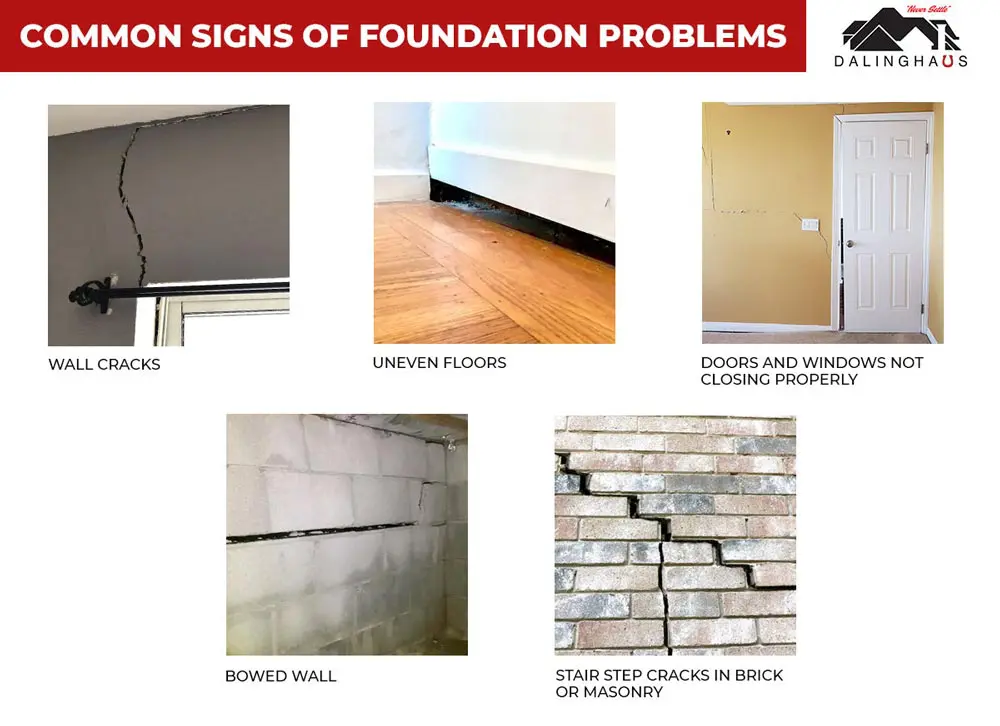
If you notice any of the above, it’s essential to get your foundation inspected by a professional foundation contractor. Early detection of problems can save you from costly repairs and ensure your family’s safety.
Not All Cracks Are Created Equal – Structural vs Non-Structural Cracks
Not all cracks are structural or caused by a foundation problem. Some cracks are non-structural and don’t affect the foundation’s structural integrity. They’re just ugly. Here’s the difference between the two.
Structural cracks
Structural cracks are caused by foundation problems and are a sign structural damage has already happened. Structural cracks can appear on both the interior and exterior of the building. If they’re not repaired, they can eventually cause a building to collapse.
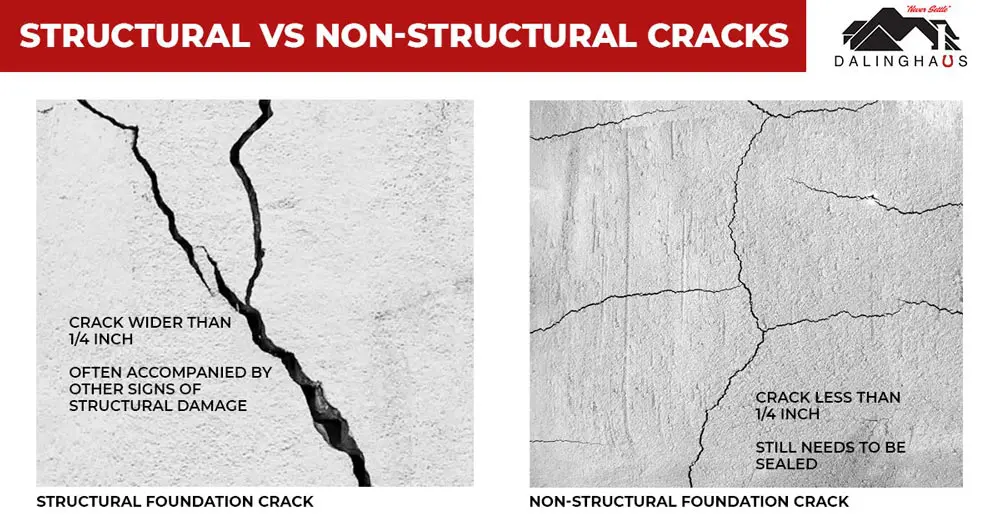
Non-structural cracks
Non-structural cracks are cosmetic and don’t threaten the building’s structural integrity. They’re caused by various things, including improperly taped drywall, paint build-up, and shrinkage during the concrete curing process. However, this doesn’t mean they should be ignored. Sometimes, a structural crack might look, at first, like a non-structural crack. Therefore, even cracks that appear to be non-structural should be monitored to make sure they’re not getting bigger. If they grow, they’re probably structural cracks.
What Causes Foundation Problems?
Most foundation problems are caused by differential settlement. This is when a foundation settles into the ground unevenly. The best way to understand differential settlement and how it differs from uniform settlement is through a graphic:
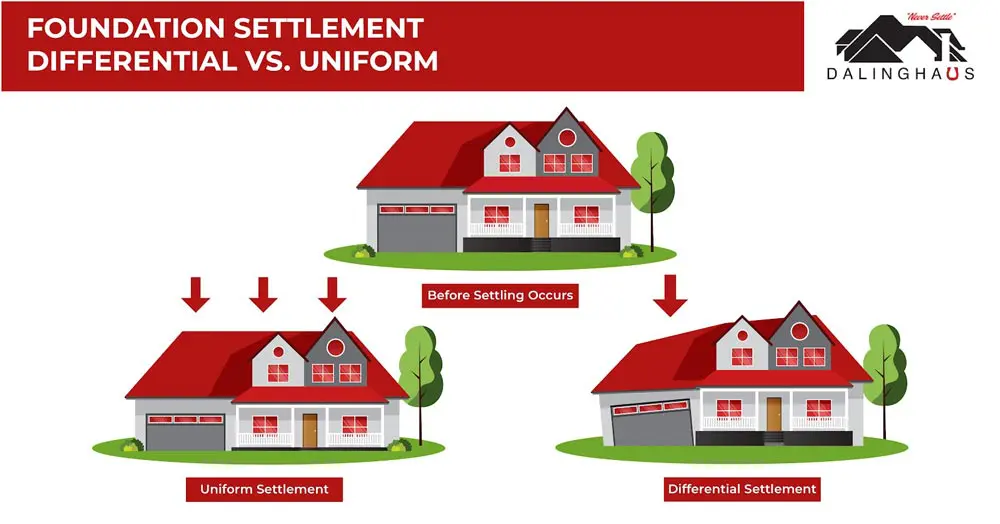
So, the real question is, what causes differential settlement? Various things, including the following, can cause a foundation to settle unevenly into the ground:
Expansive soil
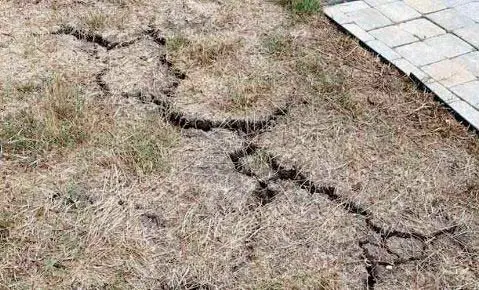
Expansive soil contains a lot of clay, and because of this, it swells when exposed to moisture and shrinks as it dries up. This back and forth, swelling and shrinking, creates movement in the ground under the foundation causing the foundation to shift and move, resulting in differential foundation settlement.
Poor construction techniques
Soil compaction must be done before construction begins because it reduces the soil volume by removing air pockets between the soil particles. This creates a solid, stable base for the foundation to be built on. If the soil isn’t adequately tamped down, differential settlement can happen, leading to severe issues with the building’s structural integrity.
Natural disasters
It probably comes as no surprise that natural disasters can cause differential settlement. Earthquakes can cause the ground to shift, while flood water is strong enough to move a building off its foundation. These events can sometimes cause catastrophic damage requiring complete foundation replacement.
Erosion-prone soil
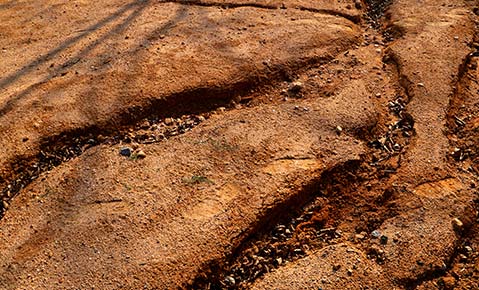
Erosion-prone soil can also cause differential settlement due to the removal and displacement of soil particles by various natural forces like rain, wind, and water flow. As voids form under the foundation, the building is at higher risk of experiencing stability issues and differential settlement leading to structural damage.
Excavation next to the foundation
If your neighbor digs a big hole too close to your foundation, it could destabilize the soil and lead to differential settlement. Picture what happens when you dig a hole too close to a chair on the beach. Eventually, the chair will fall into the hole because the ground under the chair has been destabilized.
How Are Foundation Problems Repaired?
If the foundation problem was caused by differential settlement, the repair solution would probably be underpinning using either push or helical piers. Underpinning stabilizes the foundation by extending it down to load-bearing soil. For more information, see What Does Underpinning A House Mean?
How Homeowners Can Prevent Foundation Problems
The good news is there are things homeowners can do to help prevent foundation problems. Because most foundation problems are caused by excess moisture in the soil around the foundation, most of these tips involve getting groundwater under control:
- Install downspout extensions – This will help divert runoff from the foundation before release.
- Clean your gutters regularly – Leaves, debris, and other materials that accumulate in gutters can obstruct water flow, causing it to spill over the side of the house and soak into the ground around the foundation. Cleaning gutters at least twice a year can help prevent this problem, particularly during the fall when leaves accumulate.
- Re-grade the yard – Another effective method to prevent foundation damage is to re-grade the yard so it slopes away from the foundation. This will ensure groundwater doesn’t drain toward the foundation.
- Install a drain tile system – A drain tile system re-directs excess moisture in the soil away from the foundation. Drain tile systems benefit homes in areas with high rainfall or a high water table.
- Keep trees away from the foundation – The roots of large trees can absorb large amounts of water from the soil, causing it to dry out and shrink. This can eventually destabilize the foundation, causing it to crack. Tree roots can also invade the ground under the foundation and push up on it, causing severe damage.
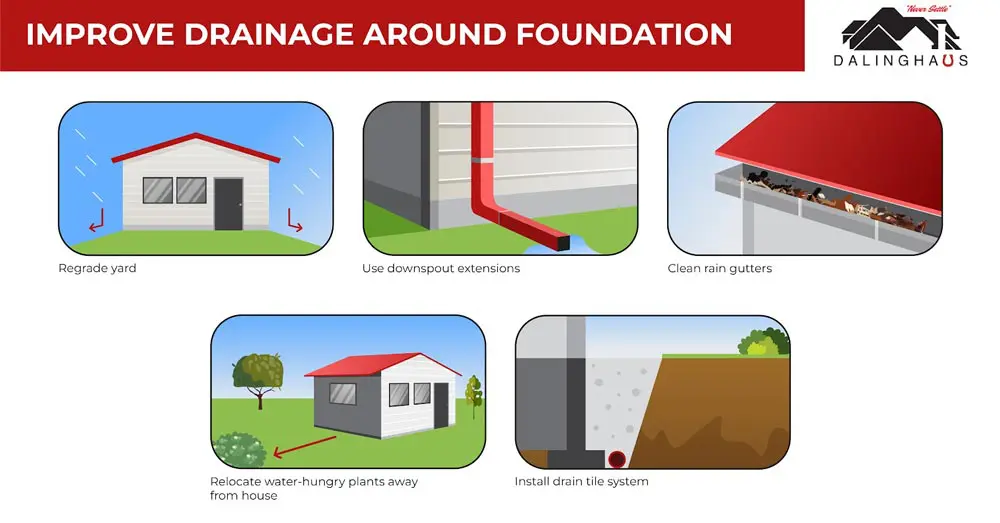
If you’re concerned your home’s foundation might have a problem, contact us today to schedule an evaluation and receive a repair estimate. We serve Southern California, Arizona, and Nevada.






